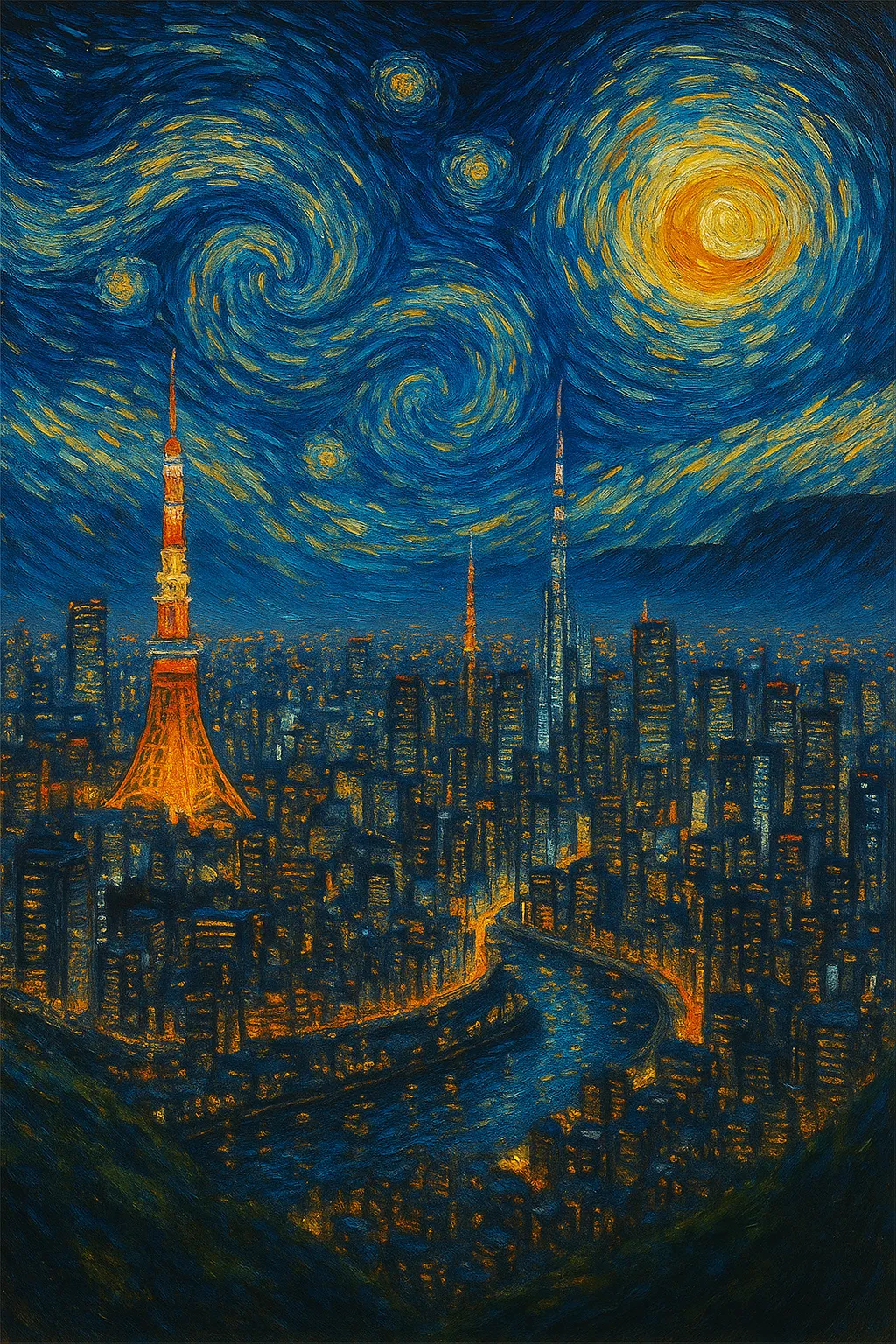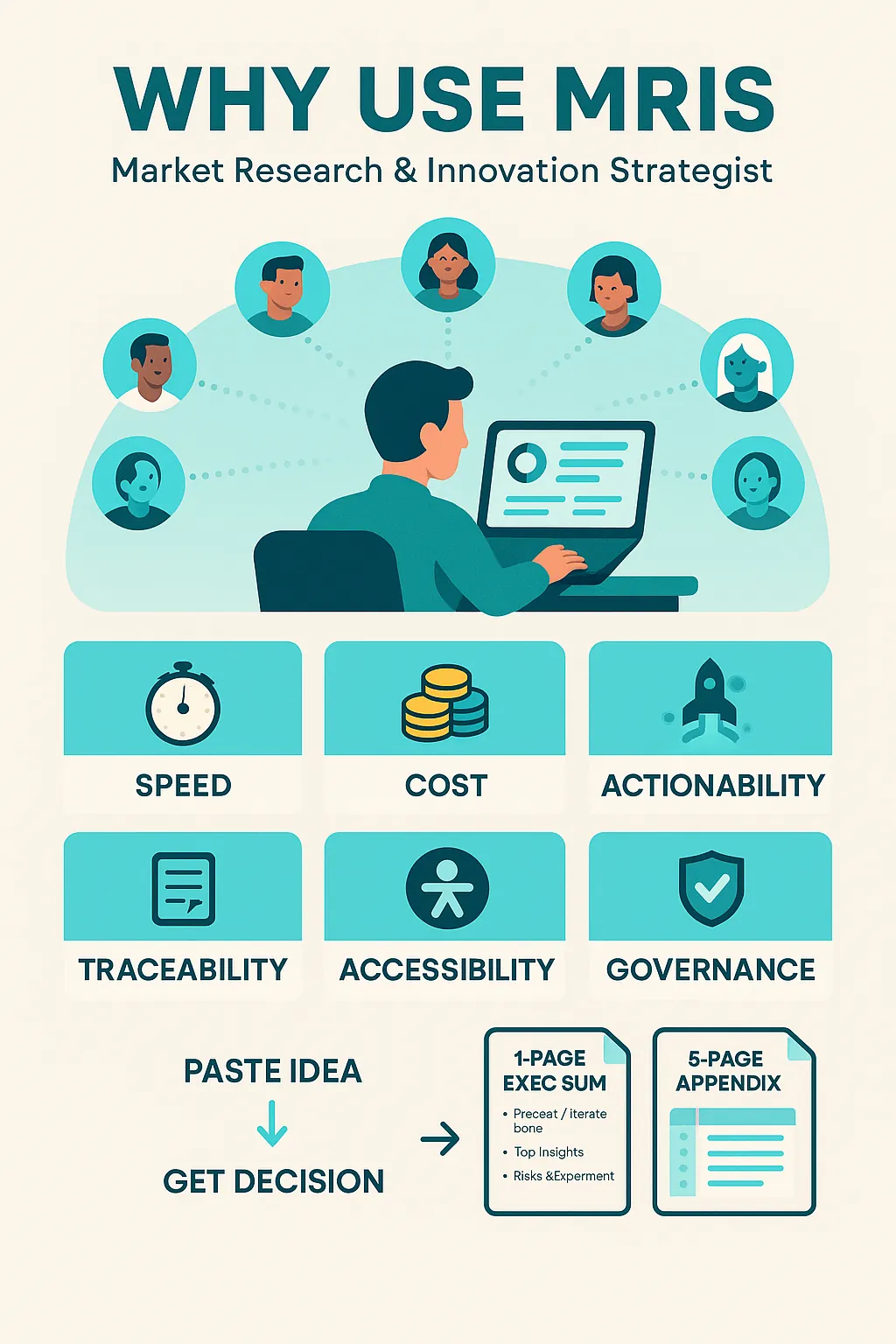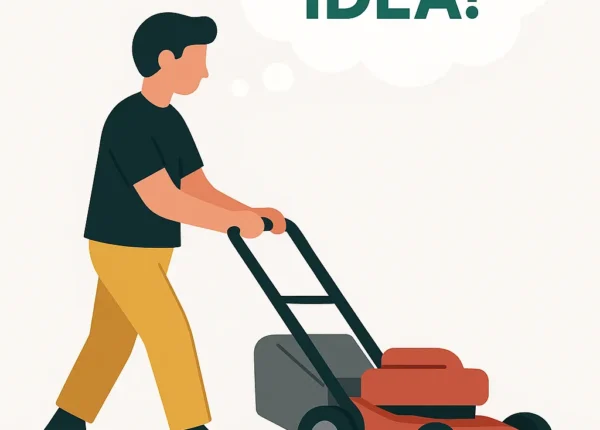Advanced Prompting for ChatGPT Image Generation (Expert Techniques)

Once you’ve mastered the basics and learned how to shape images with mood, composition, and perspective, you’re ready to explore advanced prompting techniques. At this level, prompts become less like instructions and more like blueprints for creative direction.
This guide will show you how to layer concepts, refine quality, and control outputs to create AI images that look professional, consistent, and production-ready.
Layering Multiple Concepts
Advanced prompting lets you combine several concepts into one image. Instead of just describing a subject, you can merge themes, styles, or time periods for unique results.
Example 1
“A surreal painting that blends Van Gogh’s Starry Night with a futuristic Tokyo skyline, ultra-detailed, oil on canvas style.”
Example 2
“A photo of a modern family sitting in their living room, with holographic AI assistants helping with chores, cinematic lighting.”
Example 3
“A cyberpunk dragon flying over a neon-lit cityscape, glowing scales, ultra-detailed, digital painting.”
Controlling Style and Quality
Art Styles
Use styles to set creative direction:
- Art Deco, Bauhaus, Renaissance, Surrealism
- Pixar-style 3D animation, anime, comic book
Quality Modifiers
Add clarity and precision with modifiers such as:
- ultra-detailed, 8K resolution, cinematic, photorealistic, sharp focus, macro shot
These ensure your output feels polished and professional.
Prompting for Business Use Cases
Marketing
“A website hero image showing humans and AI collaborating in a futuristic boardroom, photorealistic, cinematic lighting, inspirational mood, wide format.”
Social Media
“Square Instagram post showing an AI robot shaking hands with a human, flat vector, bold colors, minimal design.”
Infographics
“Step-by-step infographic showing AI workflow automation, clean corporate style, strawberry red accents, flat vector.”
This approach ensures your AI-generated visuals are tailored to real-world business needs.
Pro Technique — Negative Prompts
Sometimes, the AI adds unwanted elements. Advanced prompting allows you to specify what you don’t want.
Examples:
- “Exclude text, no watermarks, no distortion, no extra hands.”
- “Minimal background, no logos.”
This makes outputs cleaner and more usable in professional contexts.
Advanced Prompt Formula
Here’s a formula you can apply to almost any advanced prompt:
[Subject] + [Style/Art Influence] + [Environment/Setting] + [Lighting/Color] + [Mood/Emotion] + [Details/Modifiers] + [Exclusions]
Example 1
“Two professionals collaborating with glowing AI holograms in a futuristic boardroom, photorealistic, cinematic lighting, ultra-detailed, inspirational, exclude text.”
Example 2
“A fashion photoshoot of a model in an avant-garde AI-inspired outfit, Vogue photography style, studio lighting, bold colors, 8K resolution, no blur.”
Common Mistakes at Advanced Level
- Overloading Prompts → too many details can confuse the AI.
- Inconsistent Style → mixing “cartoon” with “photorealistic” often produces poor results.
- Skipping Exclusions → always specify what you don’t want for clean outputs.
Final Thoughts
Advanced prompting is where you gain true creative control. It’s not just about describing — it’s about directing. By layering multiple concepts, controlling style, and using exclusions, you can create images tailored for professional and creative needs.
Want to refine your skills further? Check out our Beginner and Intermediate guides to build a solid foundation before diving into expert-level prompting.
Have a question?
Advanced prompting is the use of structured, layered, and detailed instructions to guide AI image generation tools. Instead of short vague prompts, you use context, style cues, and modifiers to achieve highly specific visual results.
Without clear prompts, AI outputs can be inconsistent or generic. Advanced prompting helps you:
Achieve consistent branding (colours, tone, composition)
Create complex, realistic imagery
Reduce trial-and-error and wasted credits
Unlock more creative control
These techniques are ideal for:
Designers who want precision in outputs
Marketers creating infographics or social content
Business teams building visual assets without a design team
Educators and trainers who need accurate visuals for learning
The guide includes:
Role-based prompting (e.g., “You are a brand designer…”)
Style stacking (combining artistic directions)
Parameter fine-tuning (lighting, realism, aspect ratios)
Iterative prompting (refining results step-by-step)
Negative prompting (avoiding unwanted elements)
Yes — by getting closer to the desired result faster, you reduce wasted generations. It’s especially useful for businesses that need large volumes of images quickly.









